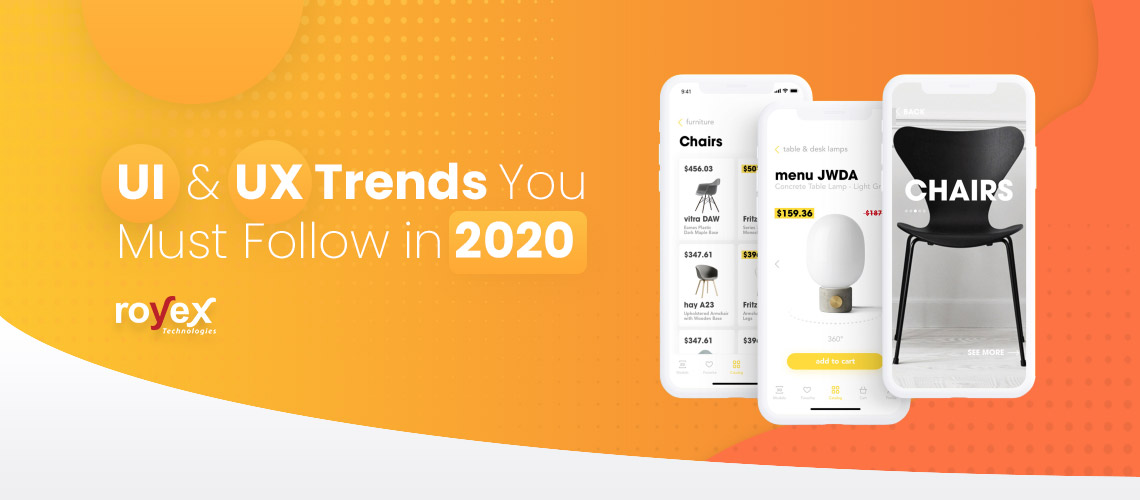
UI and UX Trends You Must Follow in 2020
Every year, rapid technical progress drives design changes. We need to be informed of existing and emerging design trends as designers, continually researching, refining, and extending our product toolkit to remain up-to-date on the global sector. Based on my study, knowledge, and experiences, I have picked 8 UI/UX architecture patterns that you should be monitoring in 2020 with great care.
1. Animated Visuals and Graphics
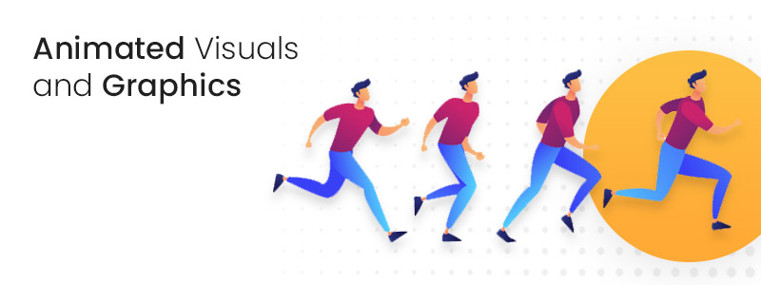
Illustrations have long been the topic of digital product design. Their growth in the last few years is highly remarkable. Illustrations as very common design features bring to the overall UX of our goods a natural look and a "human presence." Illustrations are often really eye-catching: at the top of this, by introducing a motion to these illustrations, we might put our products to life and make them stand out by incorporating additional information and personality.
Another advantage of implementing motion is catching the interest of users and bringing users to interact with your offering. Animations are one of the most powerful forms of storytelling for your brand, products, or services.
2. Micro-interactions
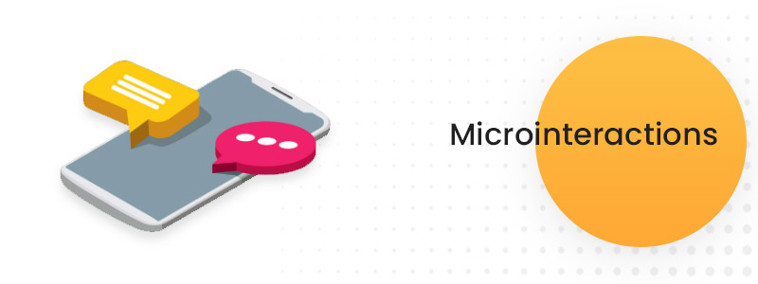
There are pretty much many micro-interactions with any single app or web. You see them any time you open your favorite app — Facebook, for example, has lots of various micro-interactions and I'm sure the "like" button is just the perfect illustration. We don't know their existence often since they're too simple, subtle, and "mixed" into user interfaces. Though, if you delete them from your product you can find that something very significant is lacking quite easily.
Typically speaking, even very minor and slight improvements in UI/UX architecture can often create a big effect. Micro-interactions are the ideal evidence that information and attention to them will vastly enhance the digital products' overall user experience and put them at the next/higher stage. Each year, each digital technology provides fresh possibilities for unique and creative micro-interactions to be made. 2020 will certainly be no different.
3. 3D Graphics for mobile apps and websites
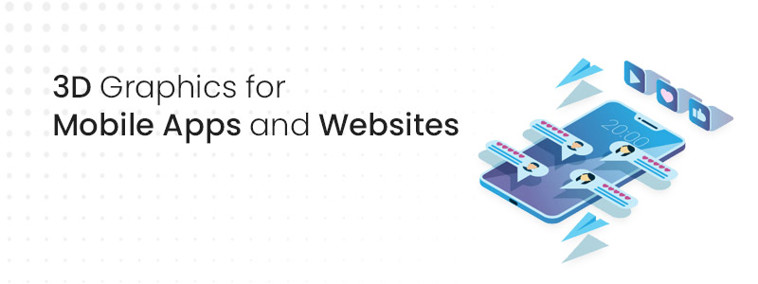
There are 3D graphics nearly anywhere — in film, computer games, street adverts. A few decades back, 3D modeling was implemented which has subsequently progressed significantly. App and cloud technologies are quickly growing now. Advanced web platform features opened the door to 3D graphics enabling us to build and incorporate incredible 3D graphics into new websites and mobile interfaces as designers.
The development and eventual incorporation of 3D graphics into web and smartphone interfaces involve specialized expertise and lots of effort, but the rewards are most often most satisfying.
3D graphic renders allow the product or services to be displayed in a far more immersive and entertaining manner: for example, 3D graphic renders may be shown in a 360-degree environment improving the overall UX.
By 2020, many more companies will use 3D modeling templates to display the product or services to replicate the shopping environment in the actual world (in-store).
4. VR in UI and UX design
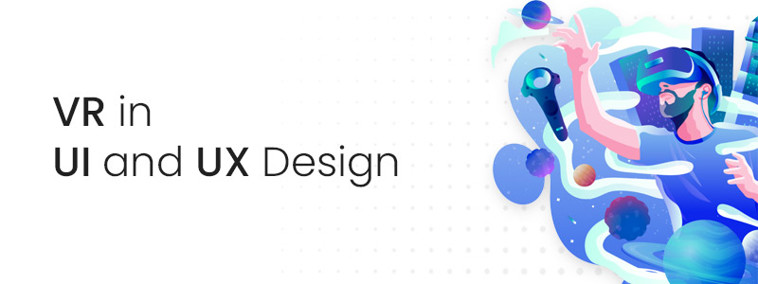
We've seen a lot of development and interest in VR headsets over the last few years — mostly in the gaming world. We ought to keep in mind that the gaming industry introduces creativity and emerging technology into digital product design. Research reveals that VR is no different as many prospects have opened up for many sectors since Oculus Quest launched in 2019.
In the 2020 Holiday season, Sony and Microsoft will announce their next-generation consoles. This will offer VR technology a lot of possibilities and space for development.
5. AR in UI design
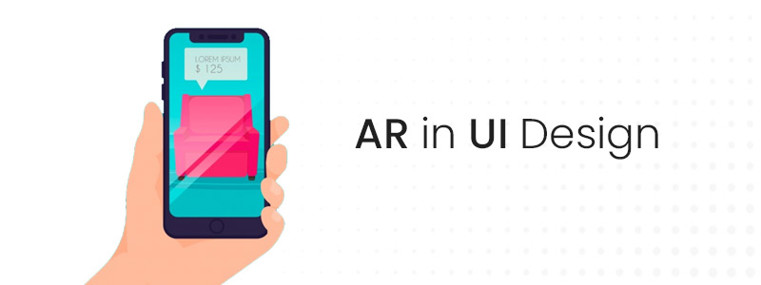
We've seen a lot of growth, anticipation, and development in AR over the last years. The world's leading tech firms are investing millions in AR growth, and in 2020 we will expect this technology to broaden and evolve. Even Apple has launched its own AR toolkit called ARKIT 3 to support designers and developers create products based on AR.
There are countless possibilities for creativity and completely fresh and thrilling AR-space experiences. UI design for AR should be one of the big trends in 2020, and we will be armed as designers and ready to explore new techniques, ideas while developing AR experiences.
6. Skeuomorphism to Neuomorphism
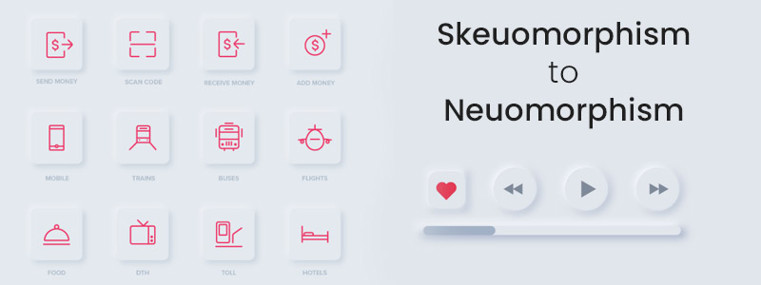
The skeuomorphic design generally focuses on the design aspects that are generated in a realistic style/way to match the objects in real life. In 2020, the development of VR / AR technologies and the new design trends seen on the most common web channels might render skeuomorphic design return — but this time with a ton of contemporary fashion and a slightly changed name: Neumorphism.
Neumorphism reflects a rather complex and thorough type of design. Highlight, darkness, glow — sensitivity to detail is remarkable on the location and certainly. Neumorphism has indeed influenced many designers from around the world and there is a strong possibility that in 2020, Neumorphism would be the biggest theme in UI design.
7. Asymmetrical layouts
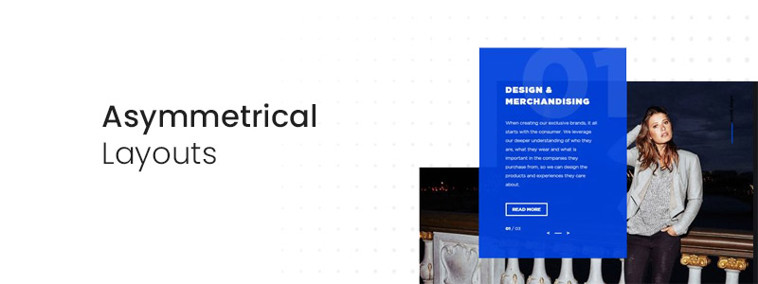
We also have seen tremendous development in asymmetric layouts in digital product design in recent years. Standard templates are going obsolete. 2020 is not likely to be any different while this pattern persists. Proper use of asymmetric layouts adds a lot of character, dynamics, and personality to our designs so they are no longer template-based.
There is plenty of space for creativity because the range of choices and possibilities are infinite in designing asymmetric templates. While creating successful asymmetric layouts requires some procedure and time — randomly placing elements on the grid wouldn't work. They should also be used and enforced with caution — keeping users in mind: we don't want to lose them when using our digital products.
8. Storytelling as a marketing tool
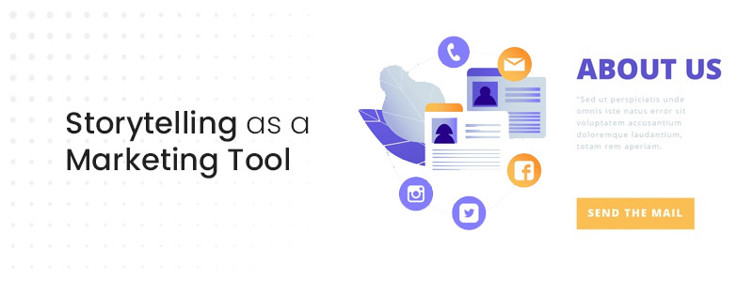
Stories in the interactive product design have a very significant position in UX. On the landing pages, you will also frequently see them as an introduction to the company, commodity, or new service.
Storytelling is about the most possible insightful and innovative means of communicating information to the consumers. This may be accomplished by combining copyright with a clear and balanced visual structure (typography, drawings, images of good quality, bright colors, animations, and digital elements).
Storytelling also allows the company and consumers to build meaningful feelings and relationships. Storytelling might also make the company even more unforgettable and make consumers feel like they're part of our goods or services, and they'd like to follow them in.
Having said that, storytelling is indeed a wonderful and powerful communication technique that could boost the revenue of the products/services considerably. Storytelling will start to grow as a very effective method by 2020.
At Royex, we try to be up-to-date with all the latest UI and UX trends and incorporate them in our work. If you are interested in our UI/UX, Graphics, Web designing services, then kindly contact us at info@royex.net or call us at +971-56-6027916. Royex, the leading website design company in Dubai can help you create effective and eye-catching websites that will increase your business image and give your business a high conversion ratio.





